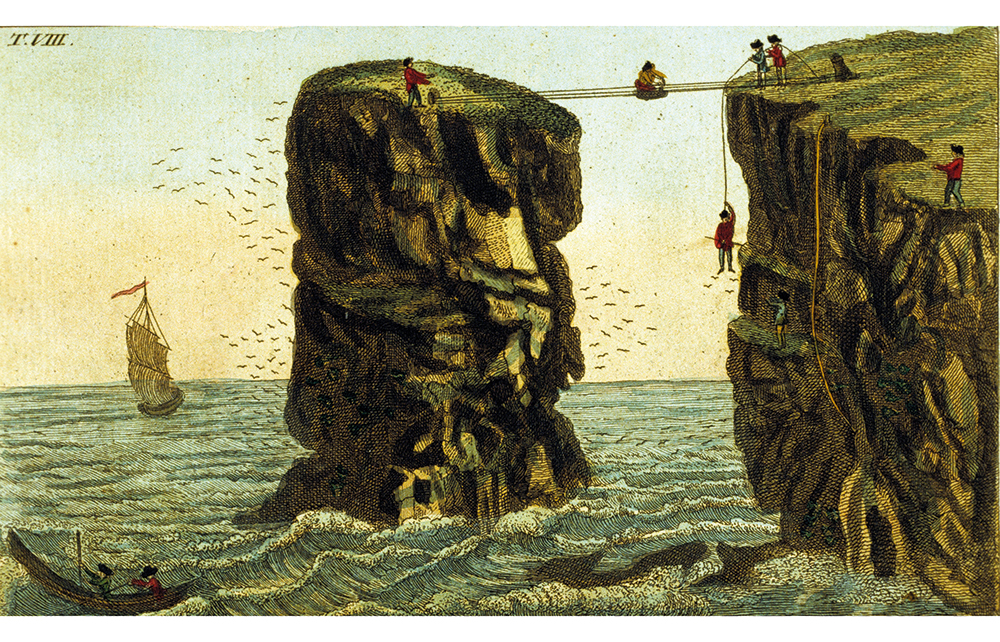When, last summer, a group of Orcadians declared they’d like to leave the UK and join Norway, it became clear just how little most of us in the south understand Orkney. Friends who know I go there often ask me where it is (somewhere near the Hebrides?), how many Orkney islands there are, and whether they are mountainous or flat.
As Peter Marshall explains at the start of this astonishing tour de force, the 70-odd Orkney islands lie just 25 miles north of Scotland, separated from the mainland by the Pentland Firth – the point, he says, at which ‘the North Sea meets the Atlantic, a place of hidden, treacherous whirlpools, and one of the world’s most powerful tidal currents’. A short, turbulent crossing carries the traveller from the rough terrain of Sutherland into a fertile, Gerard Manley Hopkins-like landscape, ‘plotted and pieced – fold, fallow and plough’, islands patchworked with fields, often running right down to the sea. The landscape is fluent, not mountainous, and with no trees to interrupt the view, Orkney is, as Marshall perfectly describes it, ‘domed by the sky and belted by the sea’.
Black Patie ruled with ‘coercion, cruelty and tyranny’, and built himself a magnificent Renaissance palace
And, though the population is only just more than 20,000 (less than half that of Windsor), Orcadians are high achievers. ‘Eggs and professors’ were said to be the islands’ main exports in Victorian Britain (Kirkwall boasts the oldest public library in Scotland), and in the 20th century Orkney produced two world-class poets: Edwin Muir and George Mackay Brown.
Why the pull to the north? The earldom of Orkney was governed by Norway until it was given in lieu of a wedding dowry to James III of Scotland in 1468. If that seems a long time ago, in terms of islands continuously inhabited for at least 8,500 years, the intervening centuries are just the blink of an eye.







Comments
Join the debate for just £1 a month
Be part of the conversation with other Spectator readers by getting your first three months for £3.
UNLOCK ACCESS Just £1 a monthAlready a subscriber? Log in